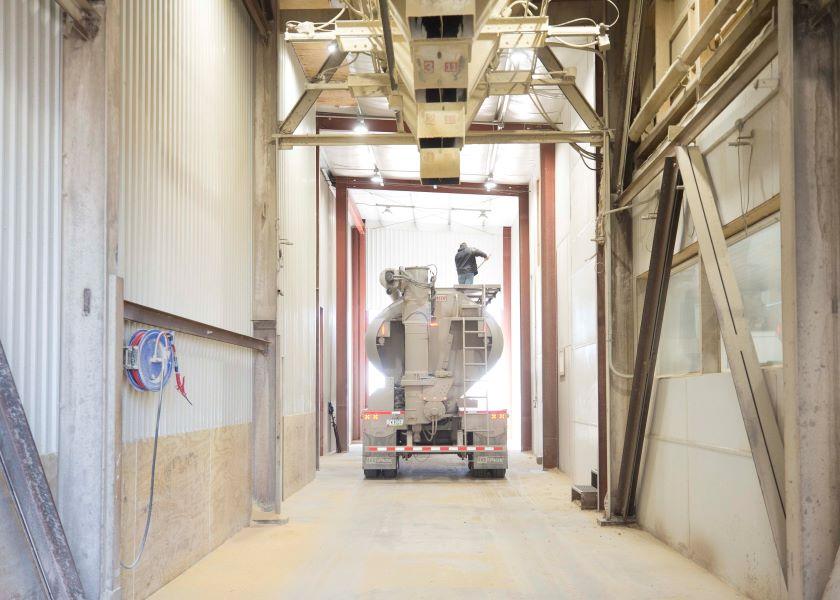How Do Vehicle Networks Play a Role in Swine Disease Dissemination?

What happens from a biosecurity standpoint when vehicles move from farm to farm? Research being conducted by Gustavo Machado and colleagues at North Carolina State University seeks to determine between-farm contact networks formed by different vehicle movements.
The team has developed a novel model to reconstruct vehicle movement networks, the Swine Health Information Center (SHIC) repots in its latest newsletter. More research will be conducted to help identify the vehicles that create more connections among the farms and consequently may play a role as "disease super-spreaders" in the network.
Using a new methodology, the frequency, ratio of visit and cumulative time of vehicles visiting farm units and clean stations is being evaluated resulting in risk stratification by farm production type and region, the article said. A risk ratio of visits is calculated from of the number times each vehicle visited a farm divided by the number times each vehicle visited a clean station, thus creating the comparison among these two variables.
"Using this new methodology along with other measurement techniques, the overall objectives of the study include determining the average, maximum and minimum distance of potential disease spread driven by vehicles coming on and off farms," SHIC explains. "In addition, they are evaluating the impact of cleaning and disinfection effectiveness in reducing the number of between-farm contacts. Their work will help identify likely pathways for disease to spread between farms."
To date, the research team has collected GPS movements from 567 vehicles from three commercial swine companies in two different regions in the U.S. The vehicles are labeled according to its main transportation role. In addition, for the 6,393 farms studied, researchers collected Secure Pork Supply maps from the biosecurity plans available to identify distance between vehicles and perimeter buffer areas, helping define when a vehicle contacts a farm. They are also creating the network structure to evaluate the connection among farms.
The team is modeling potential spread of African swine fever (ASF) as part of the study objectives by creating temporal ranges for the pathogen’s stability and potential introduction into susceptible farms. Using published literature about ASF stability in the environment, the model is also capturing information on probable vehicle cleaning effectiveness within the vehicle movement network.
More from Farm Journal's PORK:
Protect Your Pigs from Verminous Pneumonia
The Elephant In The Barn: Why We Can’t Ignore This Risk on the Pig Farm
SHIC Rapid Response Teams Stand Ready
Humic Substance May Improve Finishing Pig Productivity, Kent Nutrition Group Says
Rural Veterinary Shortages Create Risks for U.S. Food System, New Study Says







